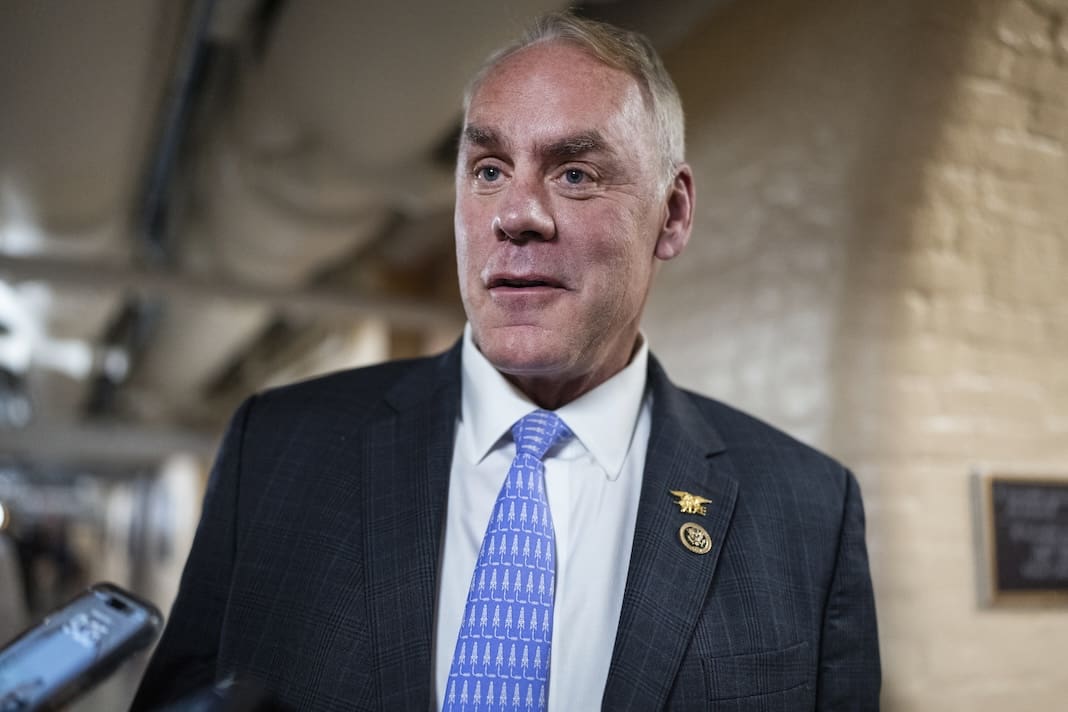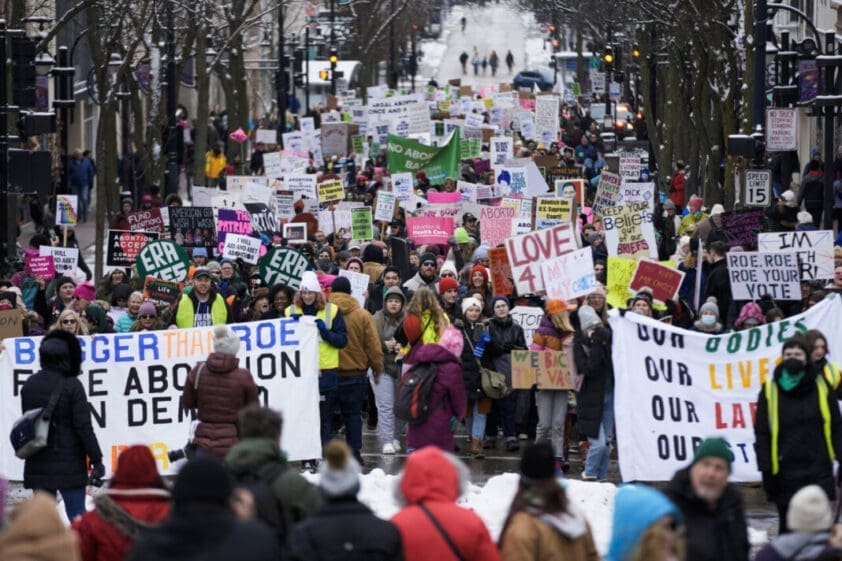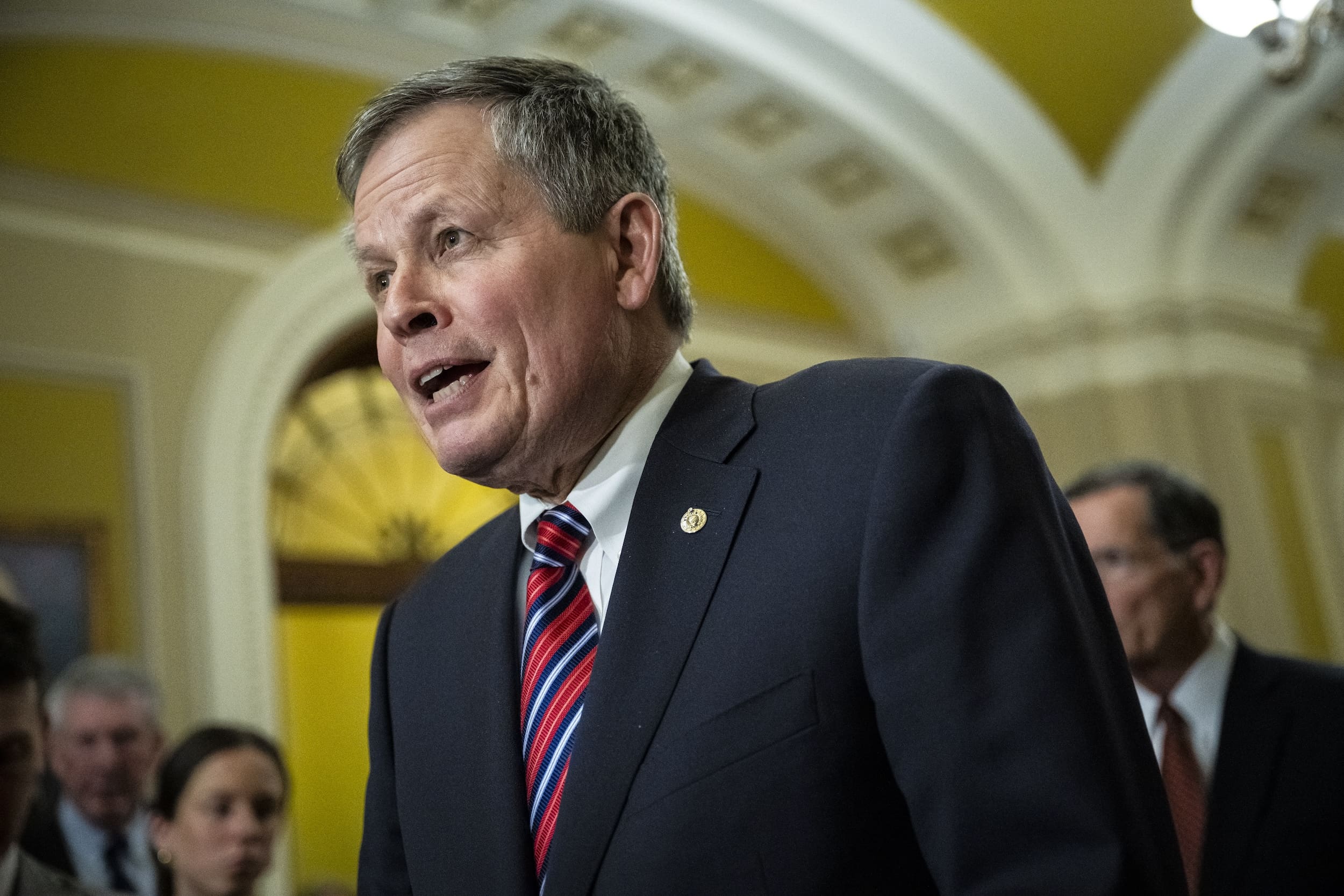Montana receives federal grant to reconstruct highway and connect communities
The Infrastructure Investment and Jobs Act will fund work on U.S. Highway 93.

The Department of Transportation announced on March 13 that Montana will be sent a $74 million grant to aid in the reconstruction of a segment of U.S. Highway 93 in the western area of the state.
The 2.9-mile stretch of road, known as the Ninepipe Corridor, runs through the Flathead Indian Reservation and is used as a primary means of transportation for members of the Confederated Salish and Kootenai tribes, along with other residents of the area.
Funding for the grant comes from the Reconnecting Communities Pilot and Neighborhood Access and Equity program, which was created by the Infrastructure Investment and Jobs Act that President Joe Biden signed in 2021. The program is meant to reconnect communities that have been split due to historically racist decision-making involved in the creation of transportation infrastructure.
The project has been under discussion between the tribal community and the Montana state government since 1991 and will now be able to proceed. Funds will be used to build wildlife fencing and crossing areas, bridges, and two lanes for vehicular traffic.
“When I negotiated the bipartisan infrastructure law, I knew we needed to prioritize funding to address Montana’s aging roads and highways – and I know folks have had some serious concerns about crumbling infrastructure on Highway 93. I’m proud to have secured this funding law to address those concerns, and I’ll make sure this funding is distributed effectively and efficiently,” Sen. Jon Tester said in a statement announcing the decision.
Tester, a Democrat, is the only member of Montana’s congressional delegation who supported the infrastructure law, which received overall bipartisan support in Congress. The two other members of the delegation who voted on the bill, Sen. Steve Daines and Rep. Matt Rosendale, who are both Republicans, opposed the legislation.
In a November 2021 statement explaining his position, Rosendale said, “This bill is a trojan horse filled with billions of dollars to fund Green New Deal priorities, push the Left’s social justice agenda, and invade Americans’ privacy.”
According to Tester’s office, the law set aside significant funds to repair Montana highways, replace and repair bridges, increase funding for buses in rural areas, upgrade airports and complete rural water projects.
The infrastructure law is also being used to fund the expansion of broadband internet service in Montana and to reduce fire risk.
Previously published independent assessments of Montana’s infrastructure raised awareness of problems that needed to be addressed.A 2018 report from the American Society of Civil Engineers gave Montana roads a letter grade of “C-“ that the organization categorizes as “mediocre: requires attention.” The society estimated that poor road conditions ultimately cost each resident $385 per year in extra operating costs.
A 2018 report from the American Society of Civil Engineers gave Montana roads a letter grade of “C-“ that the organization categorizes as “mediocre: requires attention.” The society estimated that poor road conditions ultimately cost each resident $385 per year in extra operating costs.



